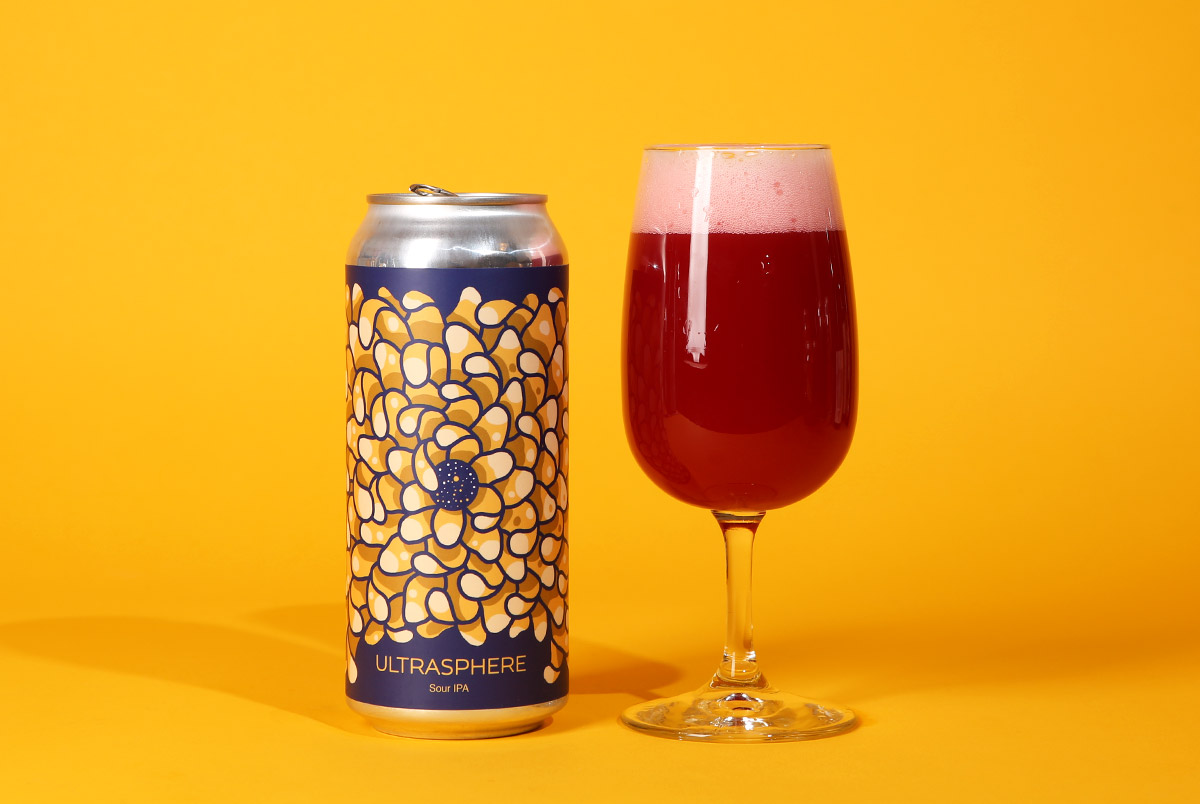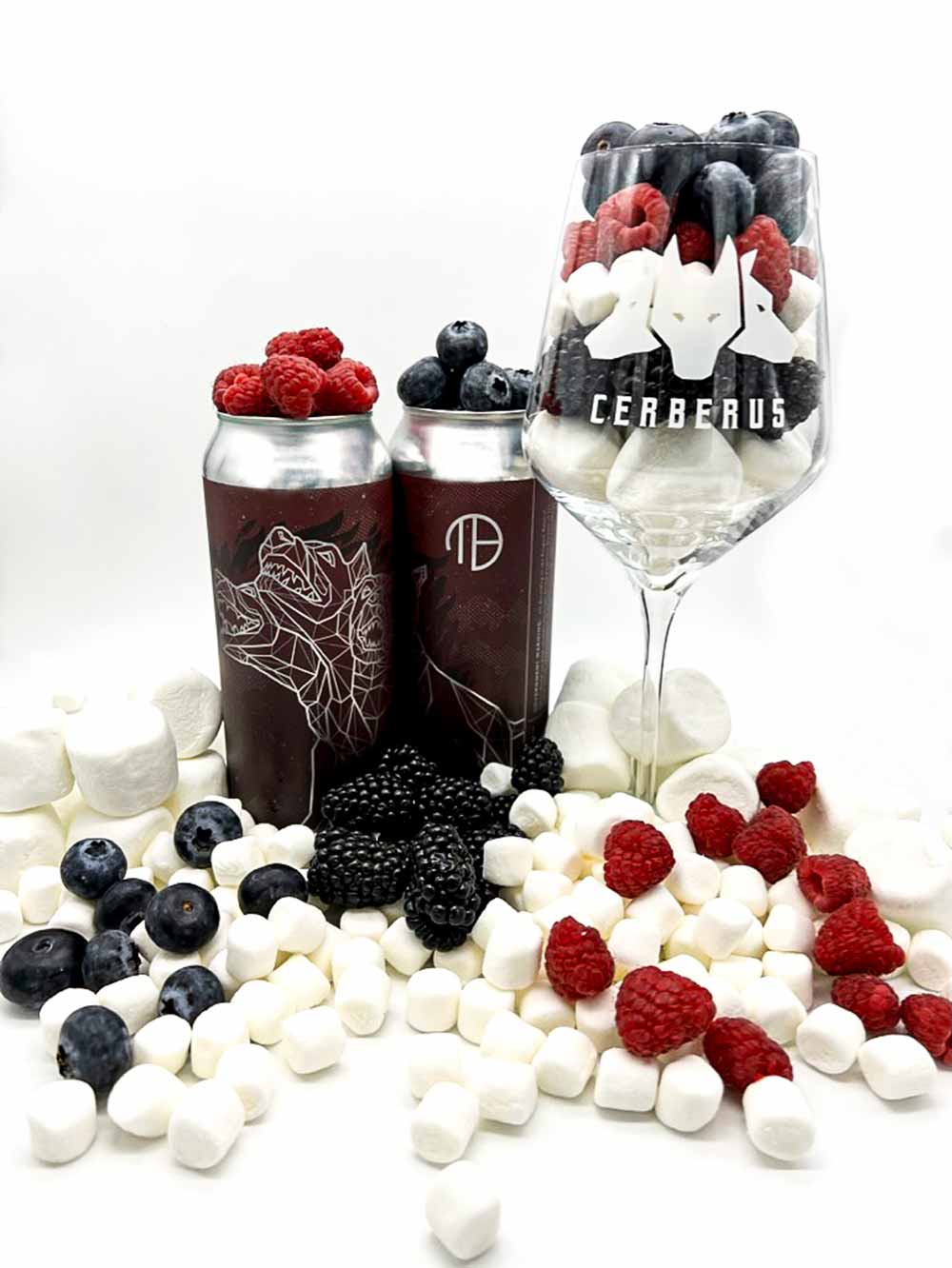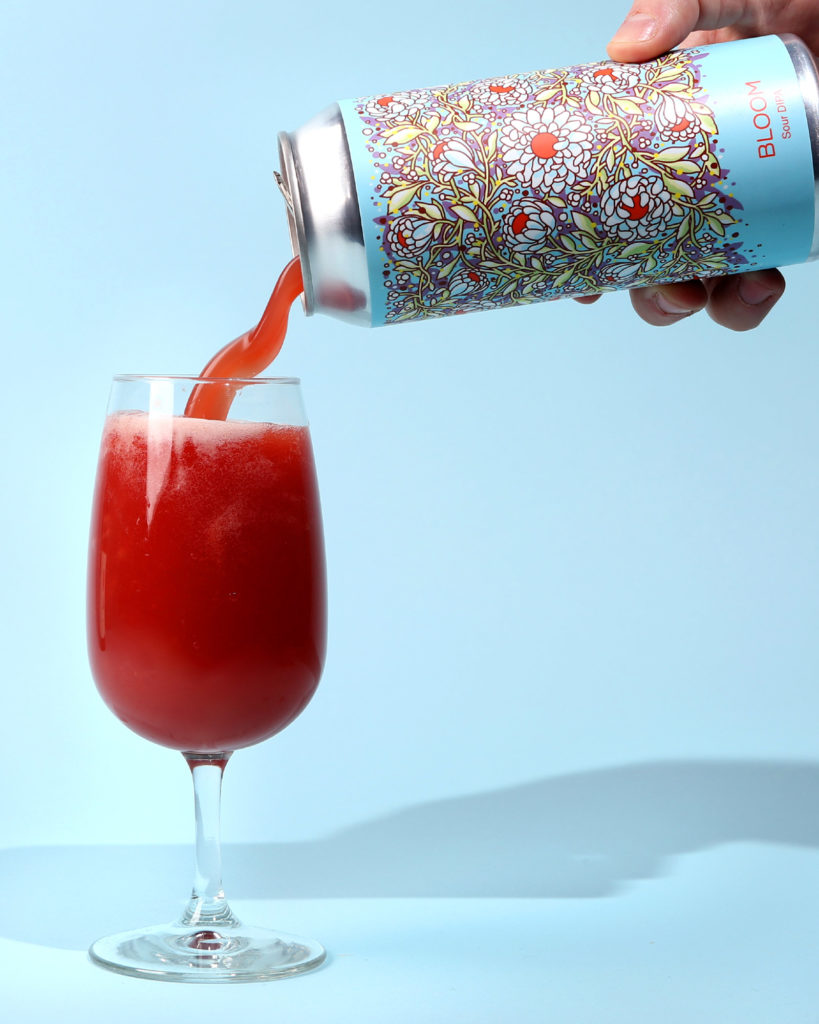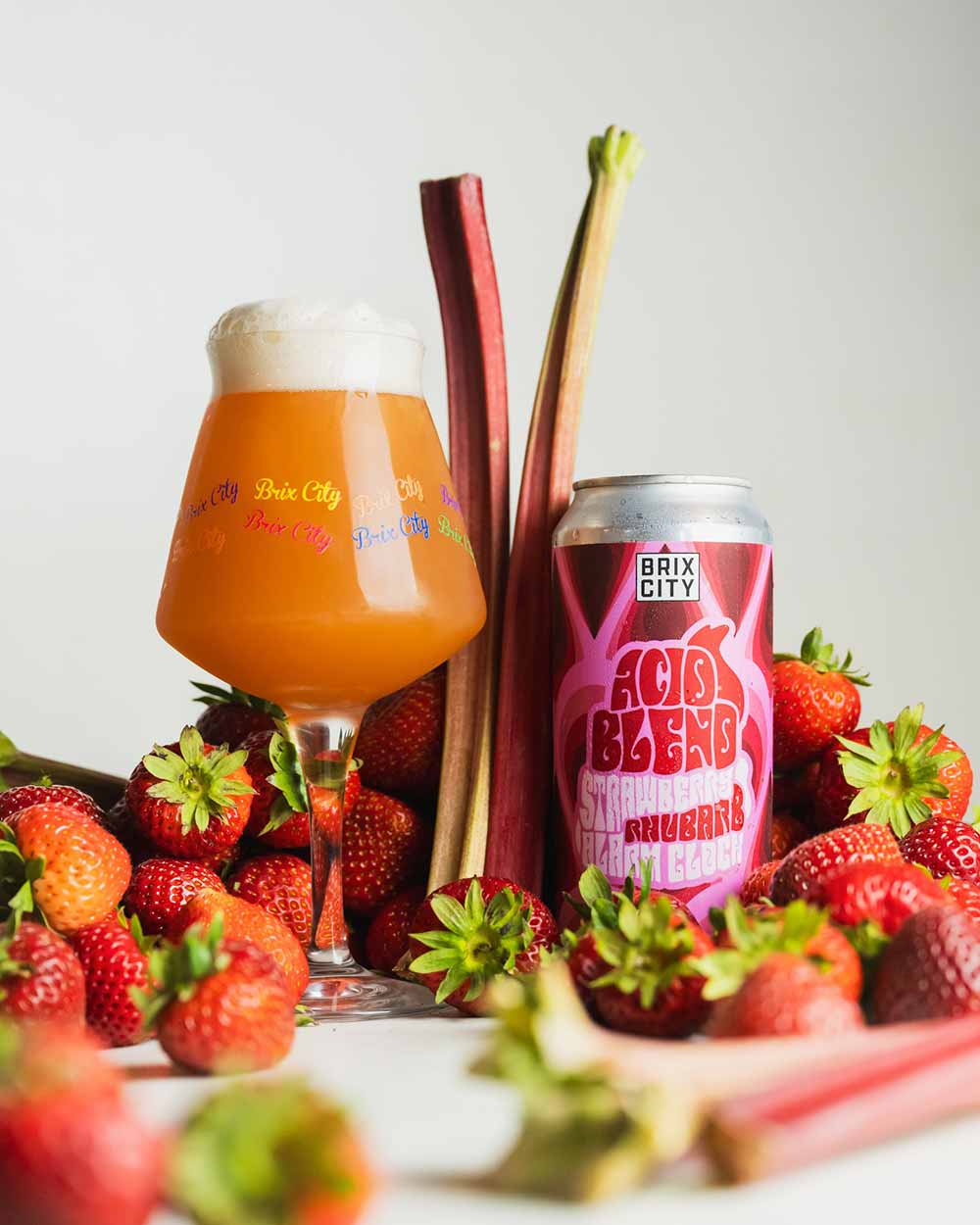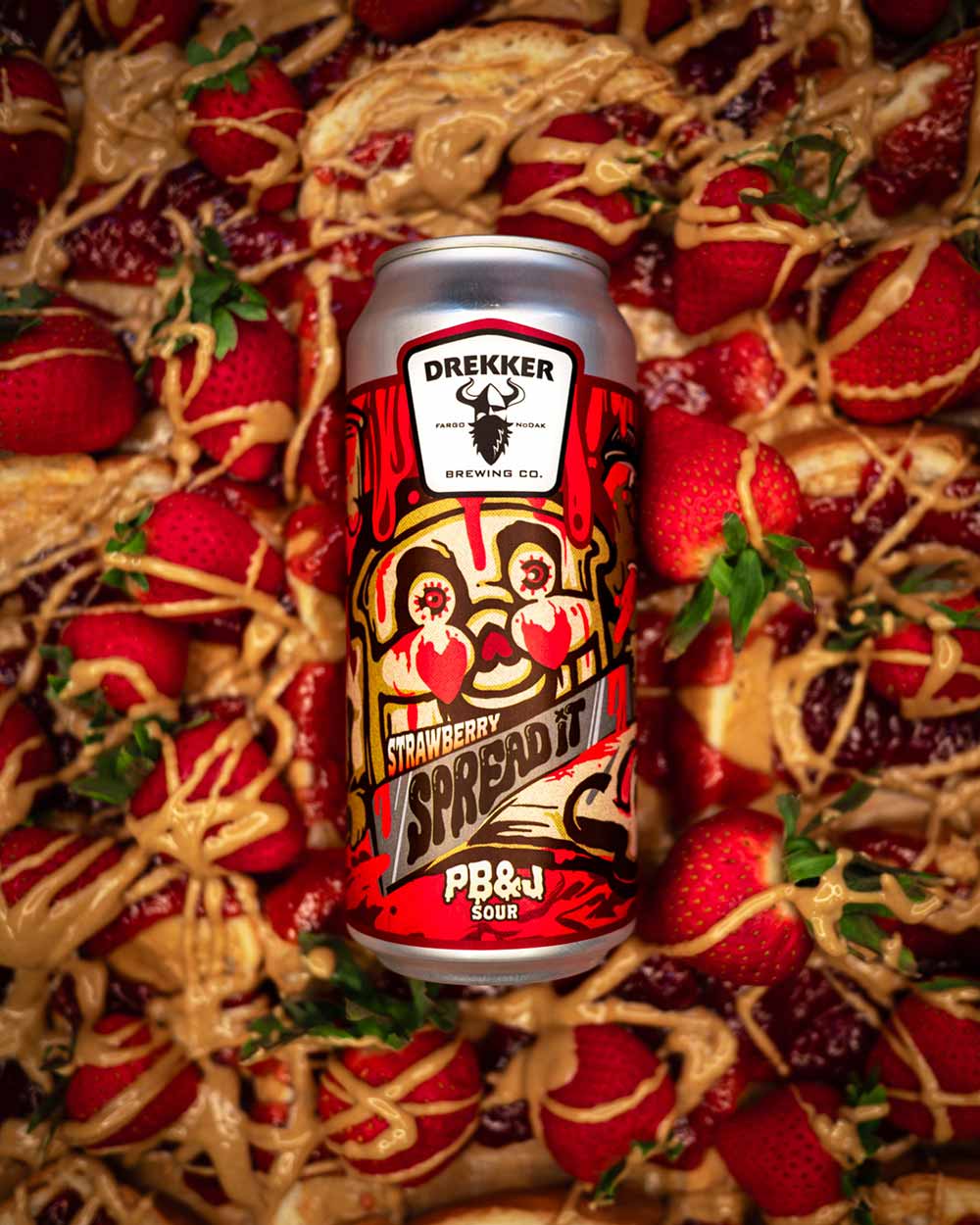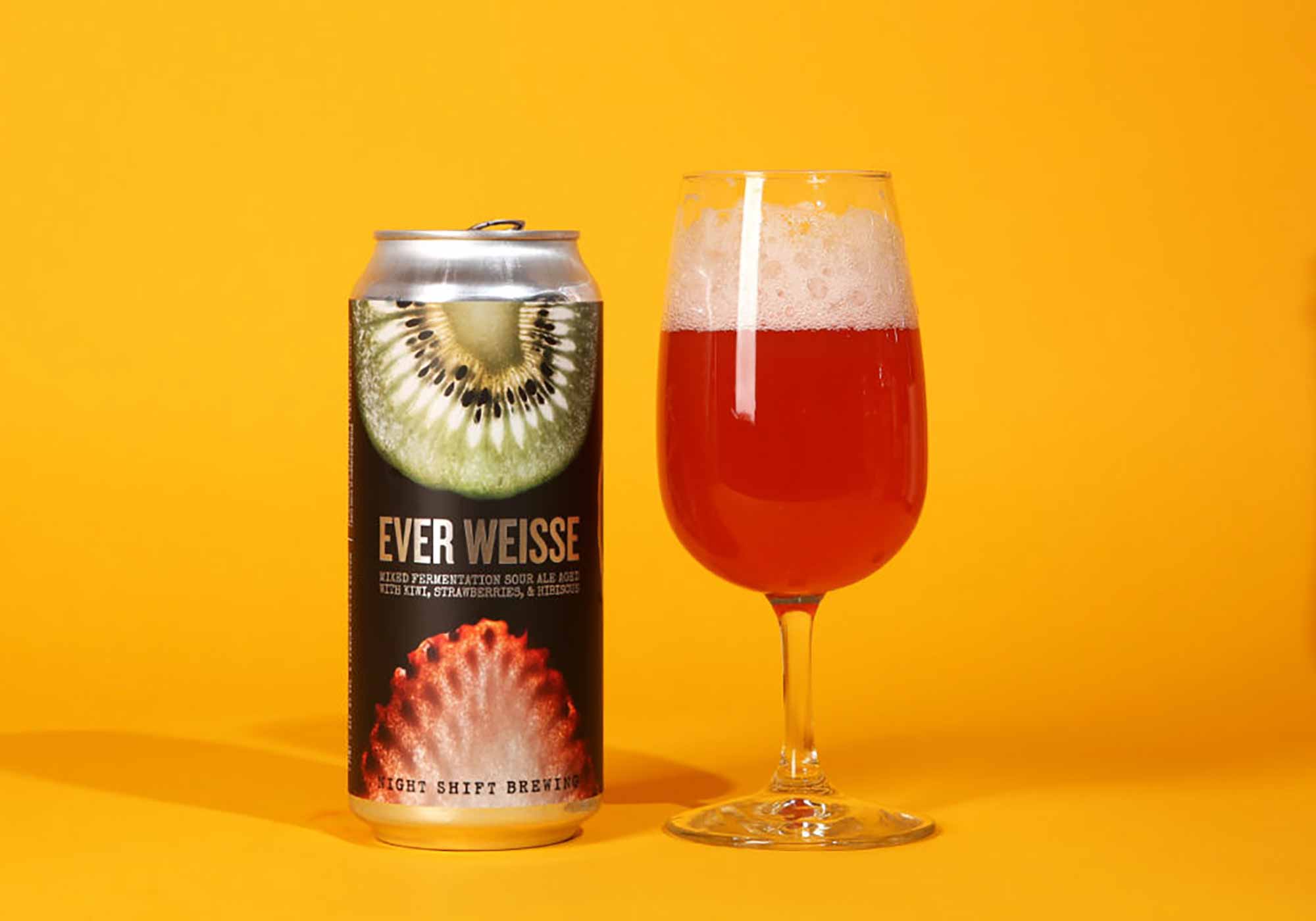Shop
What Exactly Is a Kettle Sour?
Breaking down the tart, lactic sour beers.
Like This? Read This...
Sour beer: a term many American beer drinkers have used to describe beer negatively for decades. Although popular globally for centuries with the likes of Cantillon and Boon, sours have more recently taken flight domestically in popular beer culture, especially with the rise of the kettle sour.
Unlike their traditional brethren, kettle sours (like a gose or Berliner weisse) brew faster than the traditional method, appropriately labeled “quick souring.” Not only is a stainless-steel kettle or fermenter used instead of a conventional wooden barrel, but lactic acid bacteria (often Lactobacillus) is also pitched to achieve the desired pH. Then, the wort is taken through a typical fermentation process. These beers are typically ready for consumption in weeks versus the months—and sometimes years—traditional sours need to fully develop and mature.
The History of Sours
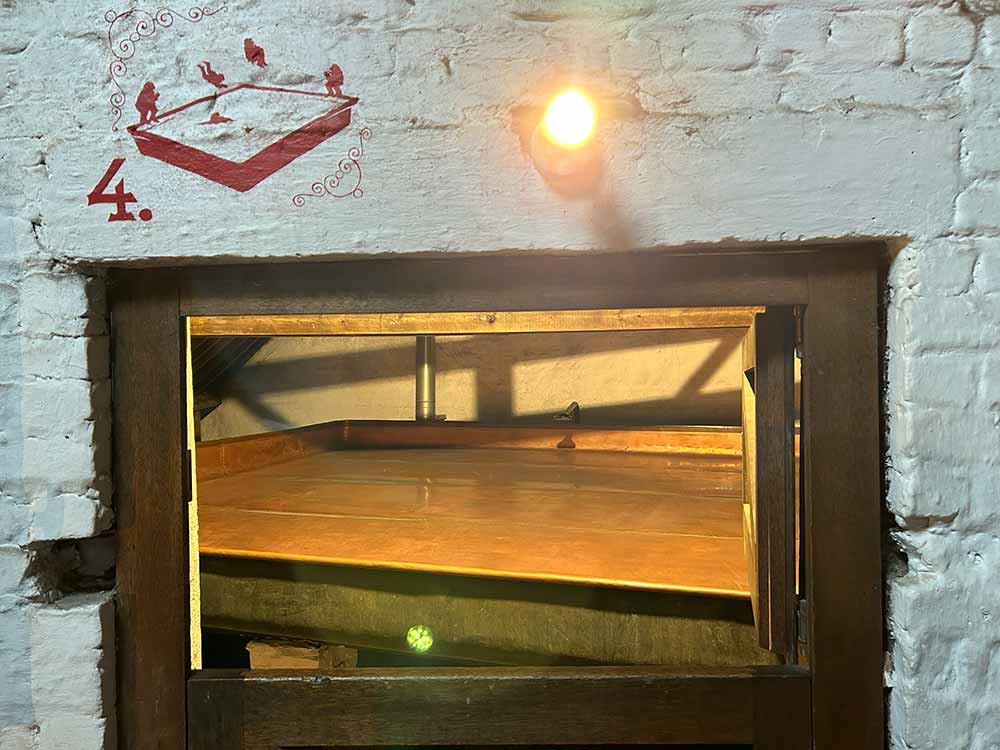
Photography courtesy of Grace Lee-Weitz | Hop Culture
Before refrigeration and pasteurization, all beer was essentially sour beer, as naturally occurring bacteria had a presence in the brew for thousands of years. In the late 1800s, brewer’s yeast was purified and would allow brewers to exclude bacteria, like Lactobacillus, that gave off undesirable flavors. Brewers in America utilized this advancement for over a century to make refreshing lagers and ales for the masses.
Many of their European counterparts, however, continued to utilize Lactobacillus, Brettanomyces, and other wild bacteria as crucial components of complex and enjoyable beers. The aforementioned Cantillon saw this value and has been producing their traditional lambics since the late seventeenth century. Like many others throughout Belgium, Cantillon uses coolships for open or wild fermentation, letting airborne bacteria work their magic.
The History of the Kettle Sour in the US
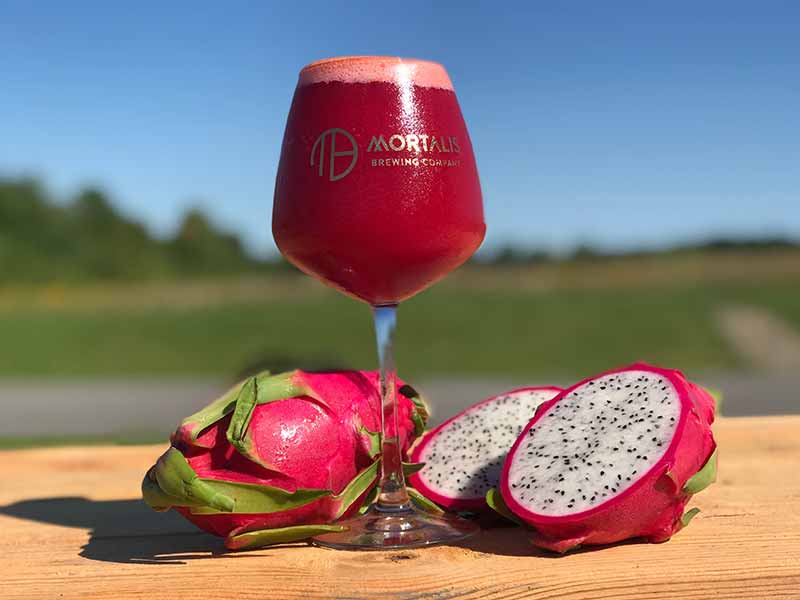
Photography courtesy of Mortalis Brewing Company
We can’t help but notice the upward trend of kettle sours, often from the same producers crushing Idaho 7 and Citra into juicy hop bombs we so affectionately devour. But what factors contributed to the rise of kettle sours in America?
One thought is that they’re approachable for most consumers. “We design our sours as gateway sours,” says Paul Grenier, co-owner and brewer at Mortalis Brewing Company in Avon, New York. “When we’re working on designing our beers, pH (a measure of the power of acid in the solution) is top of the list. By far, one of the most important things for us is introducing people to a pH they can handle and not strip the enamel off their teeth.”
About a decade ago, Mortalis burst onto the scene making approachable sours like Medusa, a Berliner-style sour with passion and dragon fruit, and Cerberus, a sour with raspberries, blackberries, and blueberries mixed with milk, sugar, and marshmallows. Ingredients like those in Medusa are just one example of how brewers push the limits of flavors and taste profiles possible with their sours.
“It’s challenging to separate yourself, but they’re fun to brew,” says Joe Delcalzo and Pete Reuther, owners and brewers of Brix City Brewing, a brewery in Little Ferry, NJ, producing well-regarded kettle sours and IPAs. “Breweries that are making good beer will be able to brew them.”
Standing Out
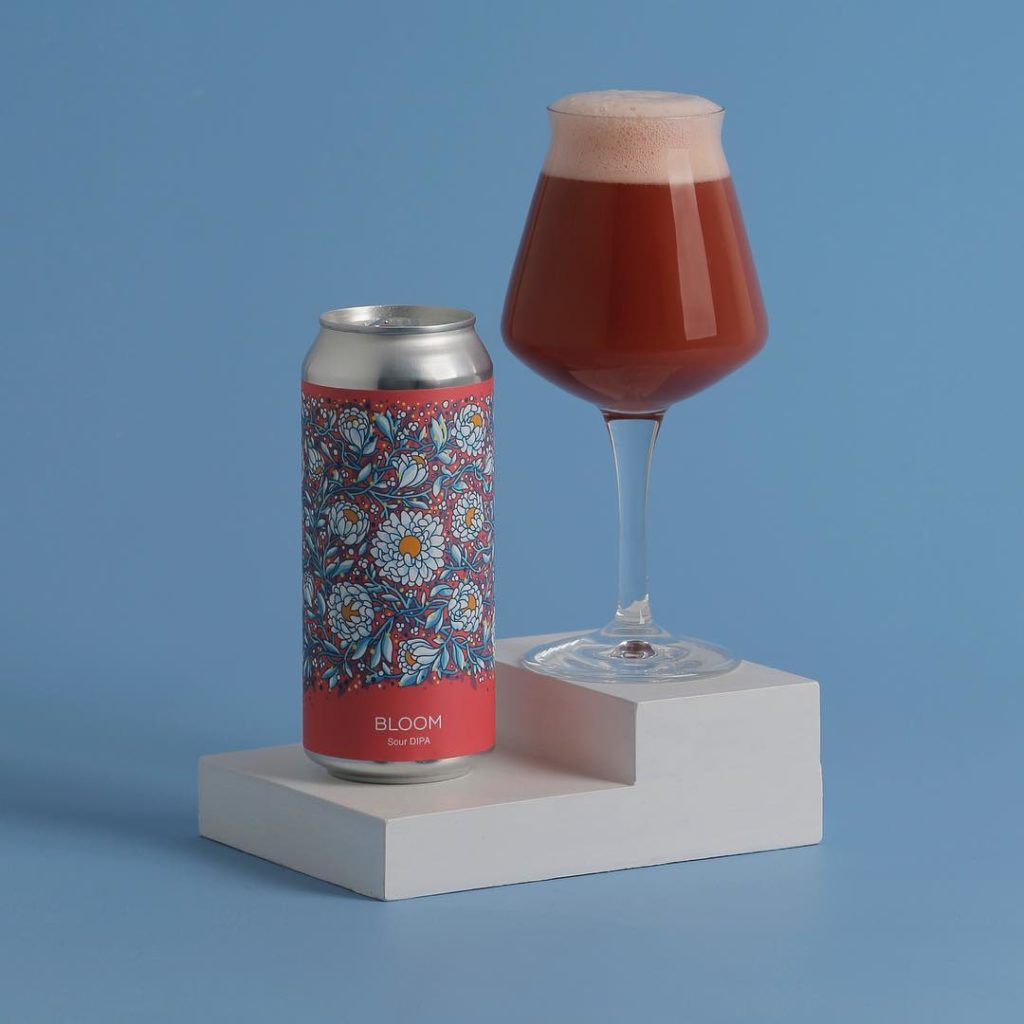
Photography courtesy of Hudson Valley Brewery
As their popularity grows, brewers have their own opinions on what will make their sours stand out. “The key, for us, is avoiding the negative parts of kettle souring by souring our beer anaerobically,” says Jason Synan and his partner Michael Renganeschi from Hudson Valley Brewery. “Oxygen in these kinds of fermentations leads to all sorts of off-flavors, which have come to be the calling card of a bad, cheat code-style kettle sour.”
“At Hudson Valley, ‘kettle sour’ is a bit of a misnomer because we do all of our lacto-fermentation in fully anaerobic conditions in our stainless-steel fermenters,” says Synan.
Grenier and his crew at Mortalis believe in knowing your cultures and brewing fundamentals. “Knowing your strain and your culture you’re working with,” says Grenier. “We have a lacto strain that we really enjoy. When you’re dealing with this organism, it can grow in strength and expedite a particular sour, getting stronger over time if you culture it.”
Where is the Kettle Sour Heading?
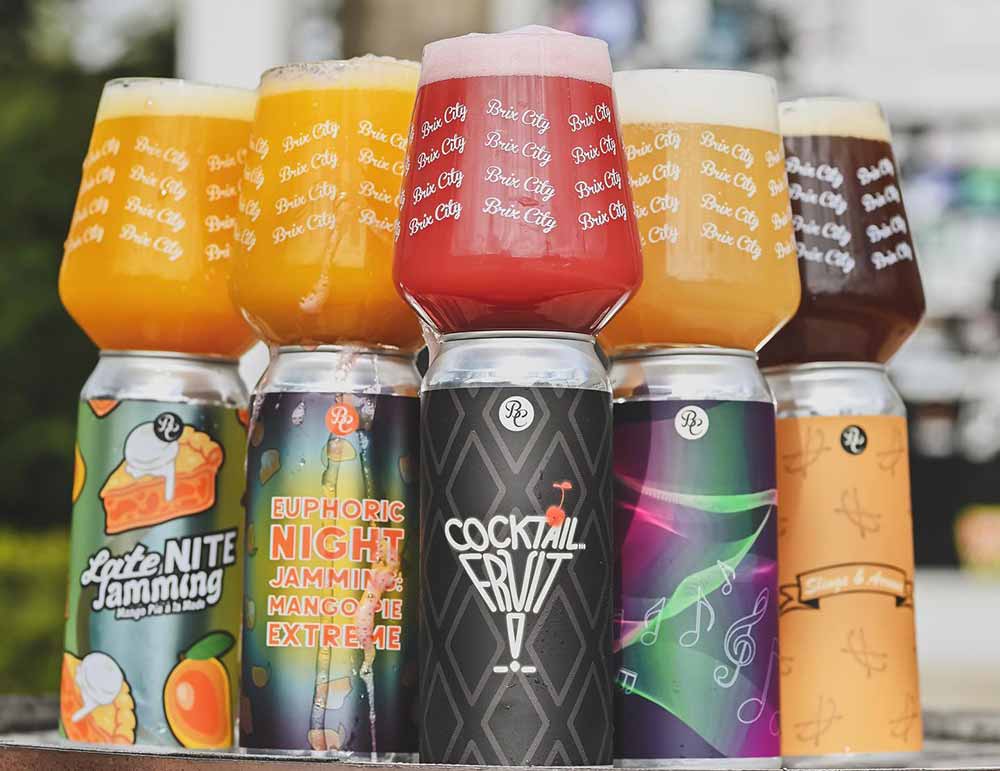
Photography courtesy of Brix City Brewing
In a world where we, like Instagram updates, move at the speed of light, what does the future hold for kettle sours? What about traditional barrel-aged sours?
“Although we make kettle sours, we don’t want people to forget about our traditional sours,” says Brix City Brewing’s Delcalzo and Reuther. “Both have their place in the beer scene, as long as people understand the differences between them.”
One thing is sure: The popularity will only challenge brewers to continue to innovate and hone their skills. “It requires extra equipment and extra processes,” says Hudson Valley, “like steam cleaning tanks and lines after souring to ensure the final product is pasteurized and shelf-stable. Eventually, I think we’ll be talking about acidity the way we do at Hudson Valley: as just one more layer to the complex arrangement of beer.”
5 of the Best Kettle Sours*
Cerberus – Mortalis Brewing Company
Avon, NY
Named after the three-headed hound in Greek mythology that guards the gates of the Underworld, Cerberus attacks your taste buds from all different directions, landing this beer on the list of Untappd’s All-Time Top-Rated Smoothie/Pastry Sours!
With ripe raspberries, blueberries, and blackberries combined with milk, sugar, and marshmallows, Cerberus is, according to Mortalis, “berries and cream in a glass.”
Bloom – Hudson Valley Brewery
Beacon, NY
Hudson Valley makes this sour DIPA with raw wheat, malted oats, milk sugar, dark chocolate, and chamomile, hopping it with Citra and Simcoe powder. The layers and complexity of this beer are unparalleled.
Acid Blend: Strawberry Rhubarb Alarm Clock – Brix City Brewing
Little Ferry, NJ
Part of Brix City’s “tripped-out” kettle sour series called Acid Blend, this recent Strawberry Rhubarb Alarm Clock version features lactose, heaps of strawberry puree, and fresh rhubarb.
Brix City describes this as “sweet strawberry jam, fluffy whipped cream, and tart rhubarb dessert bars.”
J.R.E.A.M. – Burley Oak Brewing
Berlin, MD
An acronym that stands for “juice rules everything around me,” Burley Oak’s J.R.E.A.M. series debuted in 2016 and hasn’t taken its foot off the gas since. Each J.R.E.A.M. beer starts with a Berliner weisse base, kettle soured with lactic acid before getting hit with any Willy Wonka-esque combination of fruits, lactose, and other adjuncts.
Keep an eye on Burley Oak’s Instagram to see what drops next.
Spread It – Strawberry PB&J Sour – Drekker Brewing Company
Fargo, ND
Known for executing inventive pastry kettle sours, Drekker has several series you can watch for, including CHONK, Slang Du Jour, Braaaaaaaaains, and more.
For instance, Spread It, which finds incredible ways to transform your childhood dreams into adulting.
Spread It – Strawberry PB&J Sour combines everything you love about your favorite lunchtime sandwich into this wild and crazy kettle sour.
*This section has been updated by the Hop Culture editorial team.
Liked this article? Sign up for our newsletter to get the best craft beer writing on the web delivered straight to your inbox.

